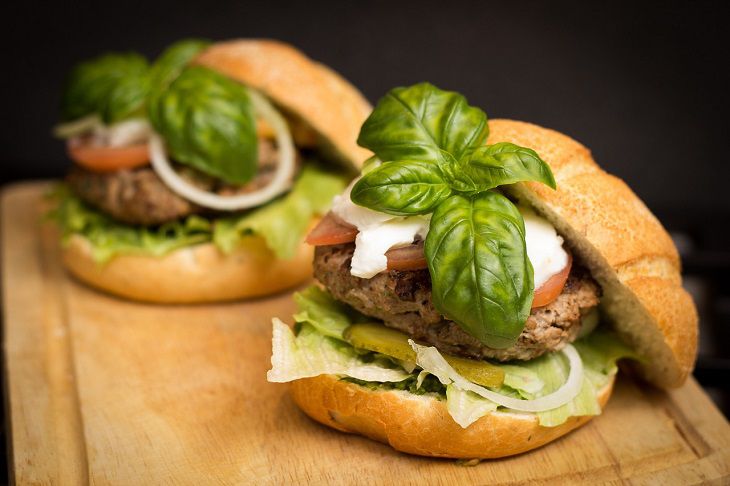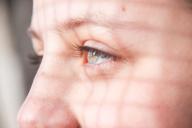New technologies appear regularly, and some of them evolve surprisingly quickly - that's why we love science!
When speaking about 3D printing, lots of people are interested in whether it's going to be possible to print food this way in the future.
In fact, it will be - and that's why.
How 3D Printing Works
3D printing is a technology that creates objects layer by layer using materials like plastic, metal, or even food ingredients.
In the case of food, a 3D printer would build the dish by depositing edible materials one layer at a time.

Ingredients as "Ink"
Instead of traditional ink, a food 3D printer would use edible ingredients as its "ink."
These ingredients could include various food components like proteins, carbohydrates, and fats.
The printer would combine these elements to form the final edible product.
Customization
One exciting aspect of 3D printed food is the potential for customization.
People could choose the ingredients, flavors, and even the shape of their food, allowing for personalized and tailored culinary experiences.
Nutritional Control
3D printing could enable precise control over the nutritional content of the food.
This means adjusting the amounts of proteins, vitamins, and other nutrients to meet specific dietary needs or preferences.
Reducing Food Waste
3D printing might help in reducing food waste.
By using raw materials more efficiently, it could lead to less leftover or unused ingredients during food production.
Challenges to Overcome
While the idea is exciting, there are challenges to overcome.
Developing edible materials suitable for 3D printing, maintaining taste and texture, and ensuring food safety are important considerations in making 3D printed food a reality.
Current Experiments
Some early experiments with 3D printed food have been successful.
Researchers and chefs have explored creating intricate and visually appealing dishes using 3D printing technology.









